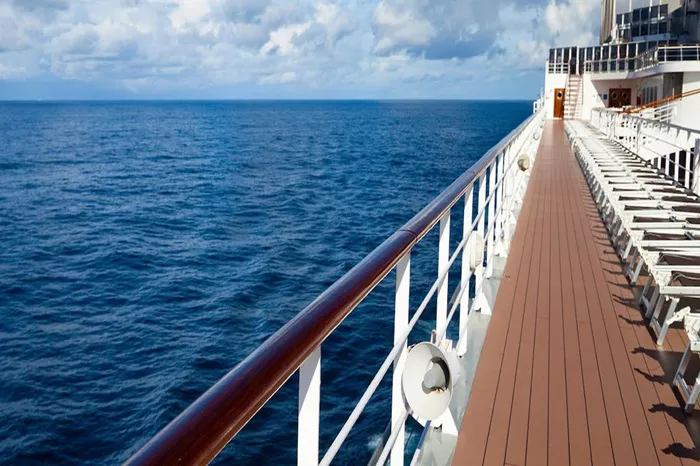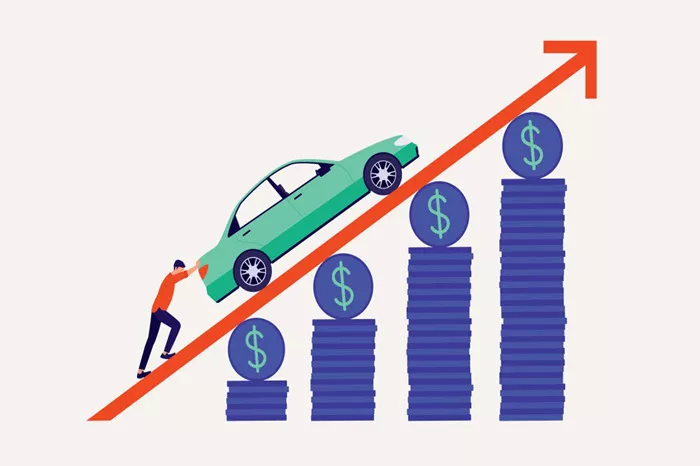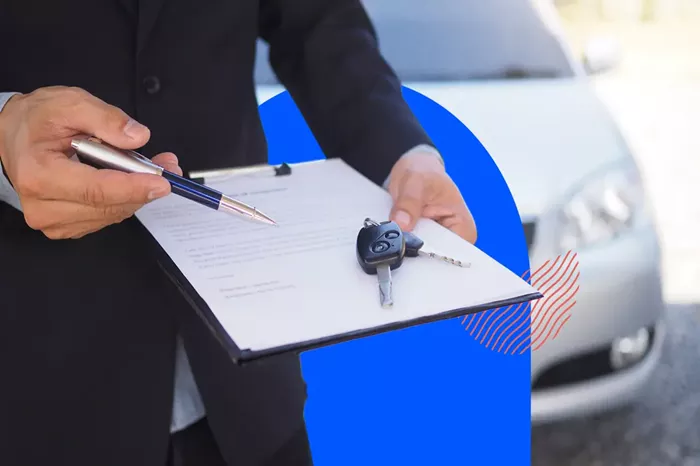Flooding is a major concern for many people living in Florida. With its long coastline, flat land, and frequent storms, Florida sees more flood-related insurance claims than almost any other state. Whether it’s a tropical storm or just days of heavy rain, flood damage can happen quickly and leave behind major repair bills.
So if you’re a homeowner, renter, or property investor in Florida, you might be wondering: how fast can you get flood insurance in Florida?
The short answer is: it depends on the type of policy you get and where it’s from. In many cases, you’ll have to wait a little while before your coverage kicks in. But the good news is, there are also some exceptions—and even faster options if you qualify.
This article breaks it all down into simple terms. We’ll explain how flood insurance works in Florida, how long it usually takes to go into effect, and what you can do to make sure you’re protected before the next big storm.
Let’s dive in.
What Is Flood Insurance?
Flood insurance is a special type of insurance that covers damage caused by flooding. This includes water coming into your home from rising water levels, storm surge, or overflowing rivers. It does not cover water damage from broken pipes, leaks, or rain that enters through a roof. Those issues are typically handled by your regular home insurance.
Flood insurance is especially important in Florida, where heavy rains, hurricanes, and coastal flooding are common. Many people think their regular homeowners policy covers flood damage—but it usually doesn’t. That’s why flood insurance is often bought separately.
Where Do You Get Flood Insurance in Florida?
There are two main sources for flood insurance in Florida:
The National Flood Insurance Program (NFIP) – Managed by FEMA, the NFIP is the most common way to get flood insurance in the U.S. Most major insurance companies sell NFIP-backed policies, and you can usually buy one through your local insurance agent.
Private Flood Insurance Companies – In recent years, more private companies have started offering flood insurance. These companies are regulated by the state and may offer different coverage options, pricing, or faster policy start times.
So, How Long Does It Take?
Let’s talk about timeframes. Here’s the key detail you need to know:
If You Get Flood Insurance Through NFIP
There’s a standard 30-day waiting period before your policy becomes active. That means if you buy the policy today, you’ll have to wait about a month before it starts protecting your home or belongings. This rule is in place to prevent people from only buying insurance when a storm is approaching.
So if a hurricane is headed your way and you try to buy NFIP flood insurance the week before, it will be too late.
Are There Exceptions to the 30-Day Wait?
Yes, there are a few exceptions. You might not have to wait 30 days if:
You’re buying a new home and flood insurance is required by your mortgage lender. In this case, your policy can begin on the same day your loan closes.
Your flood zone has been newly updated and you were not in a high-risk area before. If you buy coverage within 13 months of the change, the waiting period may be reduced.
Your lender requires flood insurance suddenly (for example, during refinancing), your coverage may start without delay.
But unless you fall into one of these special cases, you should expect a full 30-day wait with an NFIP policy.
If You Buy Flood Insurance From a Private Company
Private insurers don’t always follow the same rules as NFIP. Some offer much shorter waiting periods—sometimes as little as 7 to 14 days, and in rare cases, even less.
Private flood insurance may be a good option if:
You need coverage quickly
You want higher coverage limits
You’re looking for more flexible policy options
But remember, private insurers can set their own rules. Some may still require a waiting period, while others may deny coverage altogether if a storm is already forming in the area. That’s why timing is so important.
Why Is There a Waiting Period?
The waiting period might feel like a hassle, but there’s a reason for it. Insurance works best when it protects people against unexpected events—not things they see coming.
If people could wait until a hurricane was a day away and then buy flood insurance, it would drive up the cost for everyone. The 30-day rule helps keep the system fair and stable.
It also encourages people to prepare ahead of time. That’s especially important in a state like Florida, where flood risk is always just around the corner.
What Happens During the Waiting Period?
Once you apply for flood insurance, your insurer processes your application, collects payment, and issues the policy. The waiting period begins once your payment clears. During this time, you are not covered for any flooding that might happen.
This is why planning early is key. Don’t wait for hurricane season or the rainy months to roll around. If you’re reading this and you don’t have flood insurance yet, now is the best time to get started.
Can You Speed Up the Process?
If you absolutely need coverage sooner, your best bet is to look into private insurance providers. Ask your local insurance agent if they work with private flood insurers that offer fast coverage. Some of these companies may allow immediate coverage if no storm is on the radar.
Also, if you’re closing on a new home or refinancing your mortgage, you may be able to get coverage started the same day you close—but only if you act quickly and coordinate with your lender and insurer.
Why Florida Residents Shouldn’t Wait
In Florida, flood risk is real. It doesn’t just affect beachfront homes or waterfront condos. Inland areas, suburbs, and even homes that have never flooded before can still be at risk. A few inches of water can cause tens of thousands of dollars in damage.
Even just one flood event can wipe out savings and create lasting financial strain. That’s why so many Florida residents, even outside of high-risk zones, choose to carry flood insurance.
And remember, 25% of flood claims come from homes outside of high-risk areas.
Things to Consider Before You Buy
Here are some tips for making the process smoother:
Talk to a local agent: They’ll know what type of flood risk you face and what options are available.
Understand the coverage: NFIP policies have set limits—$250,000 for buildings and $100,000 for contents. If you need more, ask about supplemental policies.
Check your flood zone: You can find it through FEMA’s flood map tool online. This will help you understand whether your area is high risk, moderate, or low.
Compare NFIP and private policies: Look at prices, coverage limits, waiting periods, and reputation.
Buy early: Don’t put it off until storm season. You’ll sleep better knowing you’re protected.
What If You’ve Been Denied?
Some people may find that their property is considered too high-risk for certain private insurers. If this happens, don’t panic. NFIP is available to almost all homeowners and renters, regardless of flood history. While it may take longer to go into effect, it still offers strong protection.
You can also work with an insurance broker who specializes in flood insurance. They may be able to find policies that regular agents don’t offer.
Can Renters in Florida Get Flood Insurance?
Yes, absolutely. If you rent your home or apartment, you can buy a flood insurance policy that covers your personal belongings. Your landlord’s policy may cover the building, but it won’t replace your furniture, clothes, electronics, or other items.
And the process is the same: If you buy through NFIP, you’ll wait 30 days unless an exception applies. Private options may be quicker.
Conclusion
So, how long does it take to get flood insurance in Florida?
If you go through the NFIP, expect a 30-day waiting period in most cases.
If you buy from a private insurer, you might get coverage faster—sometimes within a week or two.
There are a few exceptions where the wait can be waived, especially during home purchases or refinancing.
No matter where you live in Florida, don’t wait until the clouds roll in. The best time to buy flood insurance is before you need it. Talk to a licensed agent, explore your options, and protect your home before the next storm arrives.
Flooding can’t always be prevented—but with the right coverage in place, you can bounce back faster and avoid the worst of the financial damage.
Related topic:
3 Top Mobile Home Insurance In Texas






















